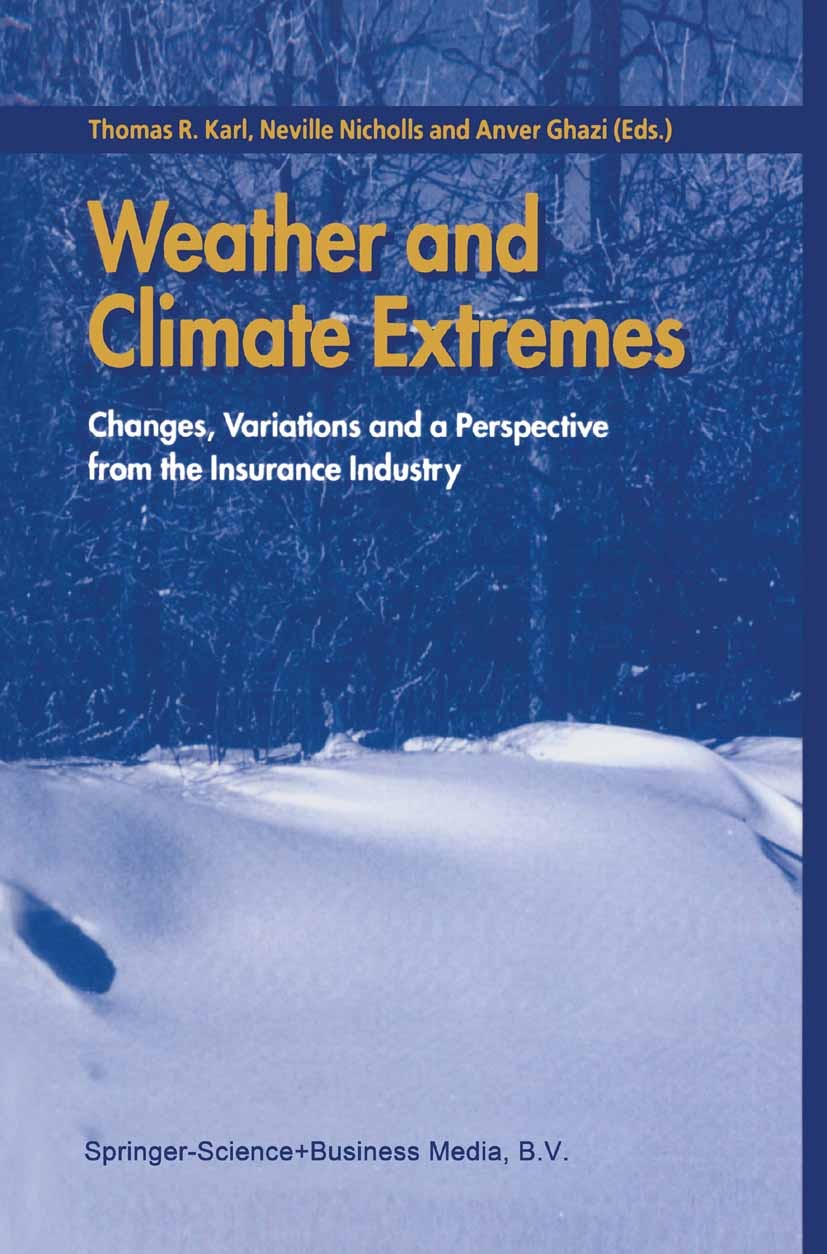Future projection of extreme precipitation using a pseudo-global warming method: A case study of the 2013 Alberta flooding event
IF 6.9
1区 地球科学
Q1 METEOROLOGY & ATMOSPHERIC SCIENCES
引用次数: 0
Abstract
The June 2013 extreme precipitation event in Alberta resulted in devastating flash floods that caused significant economic losses and societal disruption. In this study, two high-resolution experiments were conducted using the Weather Research and Forecasting (WRF) model to study the change of the 2013 Alberta extreme precipitation event in a warmer climate. The control experiment was forced with 6-hourly ERA-Interim reanalysis data, while the sensitivity experiment was forced with perturbed ERA-Interim reanalysis data with climate change signals derived from ten global climate models under the Representative Concentration Pathway 8.5 emission scenario. The results indicate that the 2013 Alberta extreme precipitation event is projected to exhibit two significant characteristics in a warming climate. First, precipitation is expected to increase over the Canadian Rocky Mountain region and eastern British Columbia. Second, the precipitation is expected to decrease over the Alberta and Saskatchewan Prairies. Future changes in the extreme precipitation event are associated with changes in the cyclone evolution, moisture transport, and atmospheric stability change caused by climate change. We also found that the increase in atmospheric stability due to the decrease of relative humidity in the lower atmosphere cause less precipitation to form over the plains and later enhance the orographic precipitation in the Canadian Rockies. In addition to the general increase of precipitable water under global warming, this mechanism causes the storm's precipitation to be more concentrated near the Canadian Rockies. The findings from this study could be beneficial for understanding future changes in extreme precipitation events that share similar characteristics.
利用伪全球变暖方法预测未来极端降水量:2013 年艾伯塔省洪水事件案例研究
2013 年 6 月发生在艾伯塔省的极端降水事件导致了毁灭性的山洪暴发,造成了巨大的经济损失和社会混乱。在本研究中,利用天气研究和预测(WRF)模型进行了两次高分辨率实验,以研究 2013 年阿尔伯塔省极端降水事件在气候变暖情况下的变化。对照实验使用了 6 小时 ERA-Interim 再分析数据,而敏感性实验则使用了扰动 ERA-Interim 再分析数据和 10 个全球气候模型在代表性浓度途径 8.5 排放情景下得出的气候变化信号。结果表明,在气候变暖的情况下,2013 年阿尔伯塔省极端降水事件预计将表现出两个显著特点。首先,加拿大落基山地区和不列颠哥伦比亚省东部的降水量预计将增加。其次,预计阿尔伯塔省和萨斯喀彻温省草原的降水量将减少。未来极端降水事件的变化与气候变化引起的气旋演变、水汽输送和大气稳定性变化有关。我们还发现,由于大气低层相对湿度降低,大气稳定性增加,导致平原地区形成的降水减少,进而增强了加拿大落基山脉的陆相降水。除了全球变暖导致可降水量普遍增加之外,这一机制还导致风暴降水更加集中在加拿大落基山脉附近。这项研究的发现有助于了解具有类似特征的极端降水事件的未来变化。
本文章由计算机程序翻译,如有差异,请以英文原文为准。
求助全文
约1分钟内获得全文
求助全文
来源期刊

Weather and Climate Extremes
Earth and Planetary Sciences-Atmospheric Science
CiteScore
11.00
自引率
7.50%
发文量
102
审稿时长
33 weeks
期刊介绍:
Weather and Climate Extremes
Target Audience:
Academics
Decision makers
International development agencies
Non-governmental organizations (NGOs)
Civil society
Focus Areas:
Research in weather and climate extremes
Monitoring and early warning systems
Assessment of vulnerability and impacts
Developing and implementing intervention policies
Effective risk management and adaptation practices
Engagement of local communities in adopting coping strategies
Information and communication strategies tailored to local and regional needs and circumstances
 求助内容:
求助内容: 应助结果提醒方式:
应助结果提醒方式:


